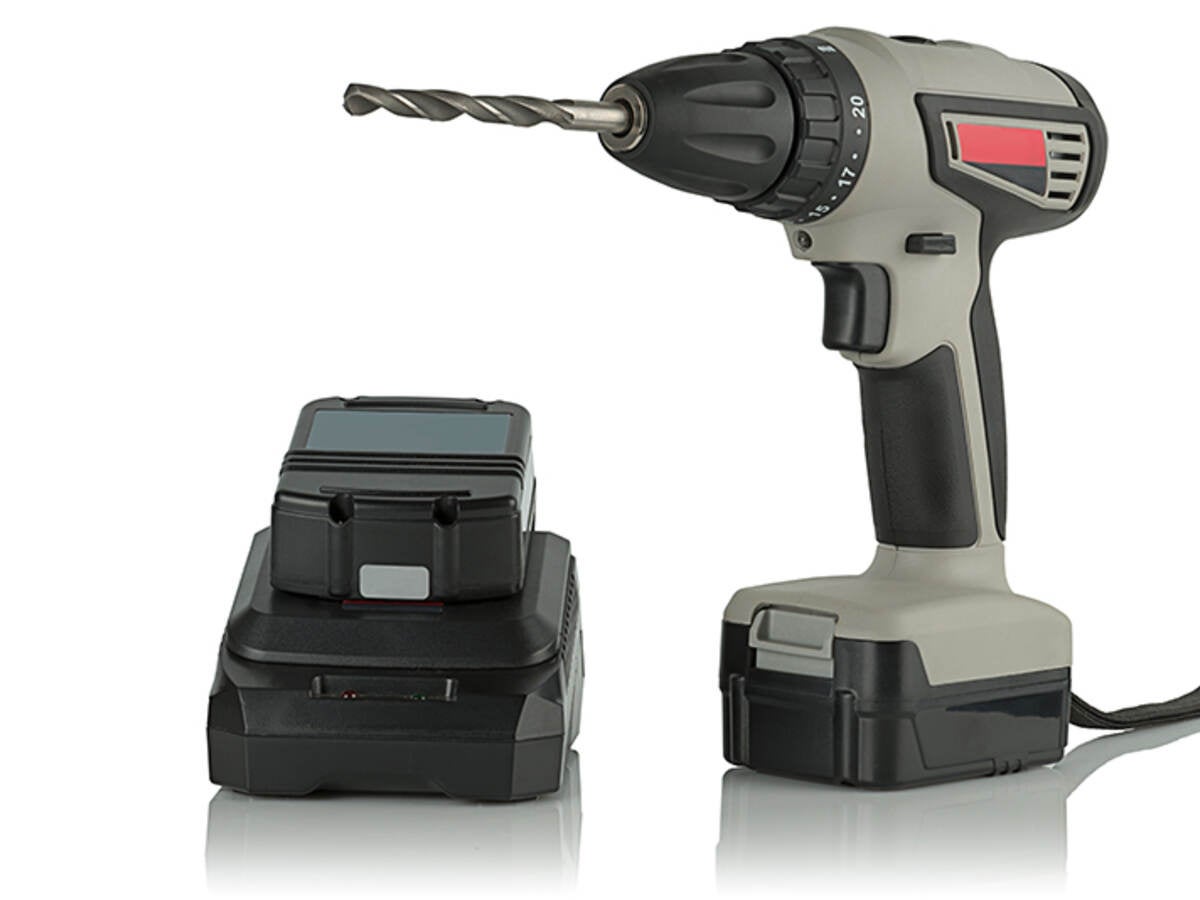August 5, 2019
UL 62841-2-1, the new Standard for Electric Motor-Operated Hand-Held Tools, Transportable Tools And Lawn And Garden Machinery - Safety - Part 2-1: Particular Requirements For Hand-Held Drills and Impact Drills, was published April 30, 2018. In light of this publication, a lithium-ion battery system, which includes the battery and charger, is also required to comply with the new requirements of UL 62841-1, the Standard for Electric Motor-Operated Hand-Held Tools, Transportable Tools and Lawn and Garden Machinery – Safety – Part 1: General Requirements, published on Feb. 20, 2015. The battery and charging system requirements are major changes that require compliance with an effective date of April 30, 2021. After that, all new product designs — corded and cordless— and revised constructions of currently certified products will be mandatory to be evaluated in accordance with the new requirements of UL 62841-2-1.
What You Need to Know:
The new update to UL 62841-1 includes new requirements for lithium-ion (Li-ion) cells and battery systems, and requires that the tool be evaluated as a complete system that includes the tool, battery pack and battery charger. Li-ion cells must now comply with the IEC or UL 62133, the Standard for Secondary Cells and Batteries Containing Alkaline or Other Non-Acid Electrolytes - Safety Requirements for Portable Sealed Secondary Cells, and for Batteries Made from Them, for Use in Portable Applications, which are essentially identical standards. This also includes the normal charging of Li-ion systems where cells must be within the specified operating region of the cell during normal system charging. Charger manufacturers or tool manufacturers that manufacture their own chargers are required to comply with the new Li-ion system requirements. The specified operating region, as evaluated in accordance with IEC/UL 62133, for charging refers to the conditions for charging voltage and current when the Li-ion cell operates as specified by the cell manufacturer. When testing and evaluating systems with Li-ion cells, the specified operating region must be known for both the voltage and charging currents, and ensure they are not exceeded, even under fault conditions. Some of the additional requirements include a Li-ion enclosure pressure test and a mechanical strength test.
Li-ion charging systems must also undergo abnormal component fault conditions. When the components in the charging system are faulted, the cells shall not exceed the upper limit charging voltage by more than 150 millivolt (mV). If exceeded, the charging system must be permanently disabled from recharging the battery.
How UL Can Help:
The UL category, Lithium-ion Certification for Lithium-ion Battery Packs, covers detachable or separable Li-ion battery packs intended for use in battery-powered tools. The battery packs covered under this category are intended for use with an end-product tool whereby the complete system consists of the battery-powered tool, Li-ion battery pack and a battery-charger unit. The battery packs are required to be marked with the manufacturer's name, trade name or trademark, and model number, catalog number or series identification (or equivalent). They are also required to be marked with the following (or equivalent): "For use only with ____ charger." The manufacturer's name or trademark, catalog number or series identification (or equivalent) identifies the specific charger in the marking thereby linking the battery charging system together.
To recap, all new product designs will need to comply by the new requirements of UL 62841-2-1. These changes go into effect by April 30, 2021. Let UL help, contact us at ApplianceInfo@UL.com to determine how we can assist you in complying with these new requirements.
To learn more about this standard update, visit UL’s industry file review website.

